Chapter 5. Fabric Speed
One of the things you’ll hear over and over from switch vendors is how fast their switch is, how fast the fabric is, or how much backplane capacity it has. But what does all that mean?
Note
This chapter is not intended to explain every possible detail of switch fabrics, but rather to help you understand what the term fabric speed means in a general sense. Entire books could be written on this topic, but my goal here is to help you understand the confusing and often misleading numbers that many vendors include in their switch specification sheets.
In a top-of-rack (ToR) switch, the fabric is the interconnections between all the interfaces. The term backplane in this case is pretty much synonymous with fabric (though probably inaccurate). On a chassis switch, the terms can be thought of a bit differently.
On a chassis switch, each module can have a fabric, and interfaces within a module can switch between each other while staying local to the blade. When a packet sourced on one blade must travel to another blade, though, the packet needs a path between the blades. The connections between the blades are often called the backplane, although really, that term is more about the hardware connecting the modules to one another. Semantics aside, what you need to know is that there is a master fabric connecting all these modules together in a chassis switch.
In modern chassis switches, like the Arista 7500R and Cisco Nexus chassis models, the backplane fabric resides in hot swappable modules in the back of the chassis. In older switches, like the Cisco 6509, they used to consume slots in the front of the switch (at the expense of other useful modules). Later, Cisco incorporated the fabric modules into the supervisors on the 6500s so that more slots could be used in the front for interfaces.
There are many ways in which modules can connect to the backplane fabric. There might be Application-Specific Integrated Circuits (ASICs) on the modules that allow packets to flow intramodule without intervention from the fabric modules. Or, the fabric modules might interconnect every port in every module. How the modules are constructed and how they connect to the backplane both determine how fast the backplane fabric is. Really, though, many vendors play games with numbers and try to hide what’s really going on. Let’s take a look at why.
Let’s look at our simple three-port 10 Gbps switch again, as shown in Figure 5-1. In this switch, the fabric is simple and nonblocking. Nonblocking means that each port is capable of sending and receiving traffic at wire speed (the maximum speed of the interface) to and from any other port. A nonblocking switch is capable of doing this on all ports at once. Remember, on these fabric drawings, that the ingress is on the left and the egress is on the top. This means that when you see interface e1 in two places, it’s the same interface. It exists in two places to show how packets come in and leave through the fabric.
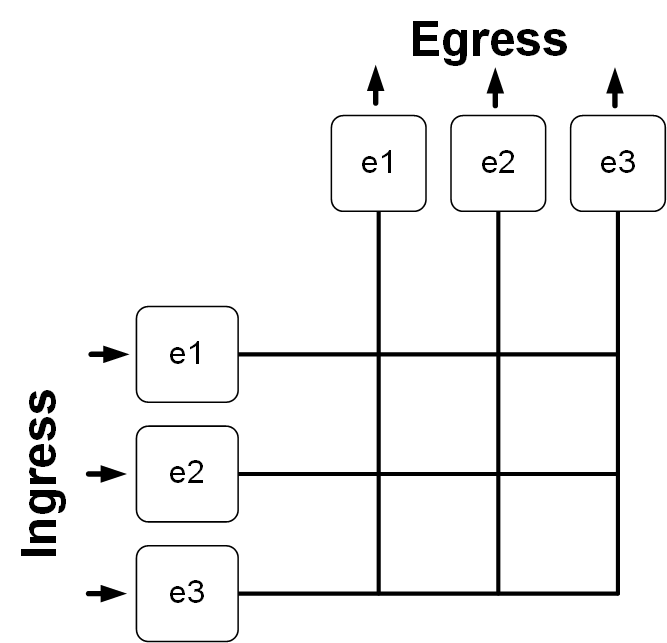
Figure 5-1. Simple three-port switch fabric
Now imagine that our simple switch used ASICs to control the flow of packets between ports. There is one ASIC on the ingress and one on the egress. The kicker here, though, is that each ASIC is capable of forwarding only 10 Gbps at a time. Figure 5-2 shows this design.
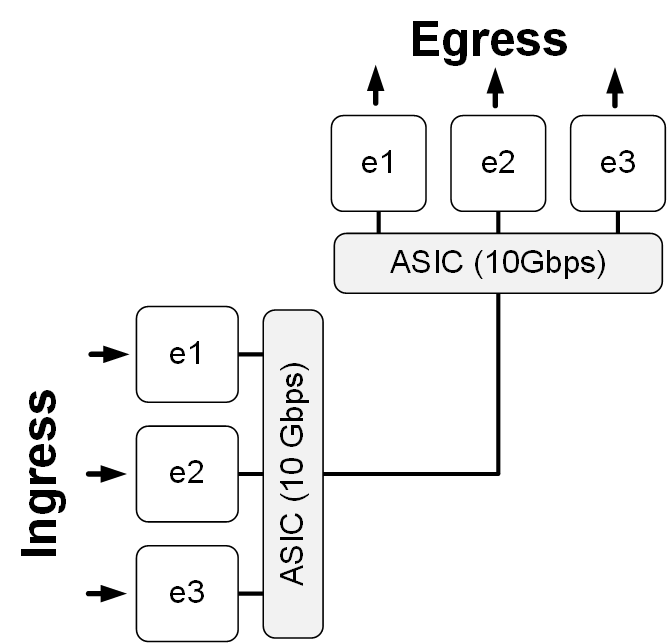
Figure 5-2. Simple three-port switch fabric with ASICs
All of a sudden, with the addition of the 10 Gbps ASICs, our switch has lost its nonblocking status (assuming that each port is 10 Gbps). Though each interface forwards bits to its connected device at 10 Gbps, should more than two ports be used at the same time, their maximum combined transmit and receive can be only 10 Gbps. Think that sounds bad? Well, it is, assuming that you need a nonblocking switch. The truth is, very few networks outside of the data center require real nonblocking architectures. Most eight-port gigabit switches found in the home are blocking architectures just like this. But how often do you really need to push 100% bandwidth through every port in your small office/home office (SOHO) switch? Probably never. And guess what? Building oversubscribed switches this way is inexpensive, which is a plus in the SOHO switch market.
Let’s look at a bigger switch. Figure 5-3 depicts an eight-port 10 Gbps switch. This switch is nonblocking, as evidenced by the fact that each interface has a possible full-speed connection to any other interface.
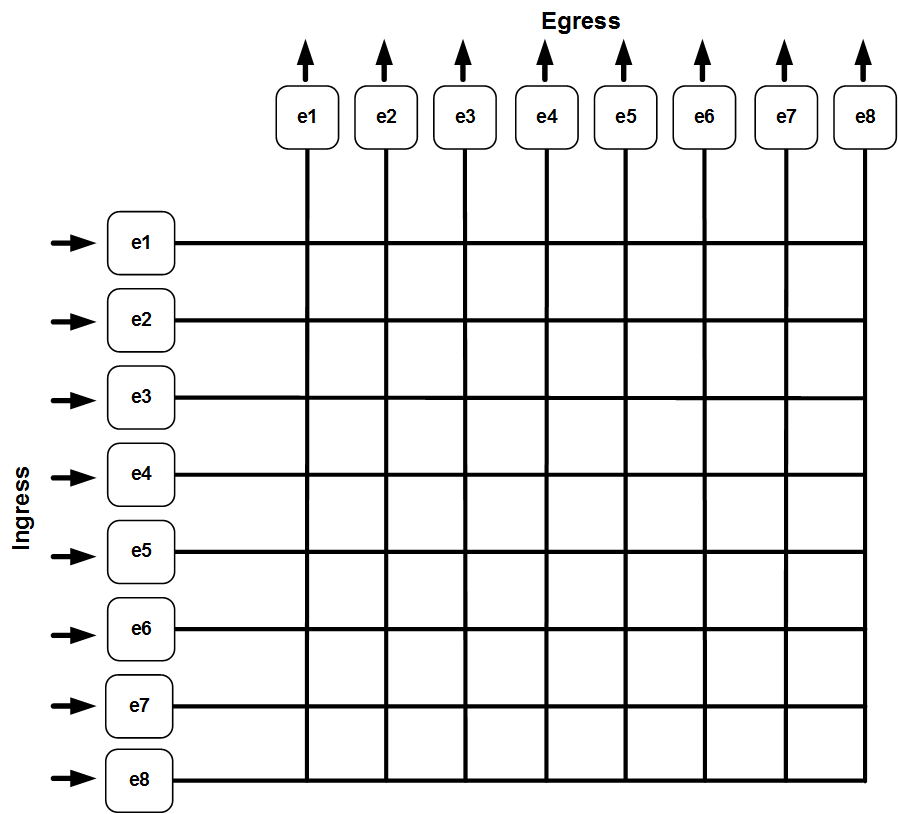
Figure 5-3. An eight-port 10 Gbps nonblocking switch
How might this switch look if we used oversubscription to lower costs? If we used the same 10 Gbps ASICs, each controlling four 10 Gbps interfaces, it might look like the switch in Figure 5-4.
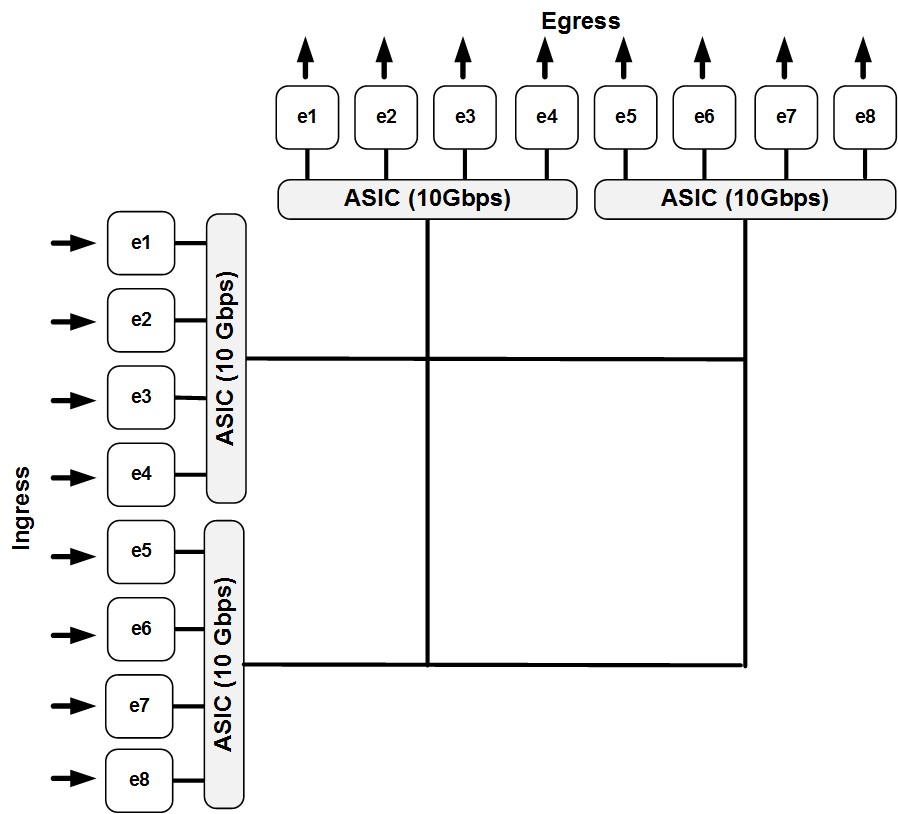
Figure 5-4. An oversubscribed eight-port 10 Gbps switch
If you think stuff like this couldn’t happen in a modern switch, think again. The Netgear SOHO GS108T switch advertised that it had “eight 10/100/1000 Mbps ports, capable of powering 2000 Mbps of data throughput.” Since the first edition of Arista Warrior, this switch has been updated to the GS108Tv2, which now advertises “16 Gbps full duplex” of bandwidth, so even the SOHO market is getting into the nonblocking game!
Even the big iron is commonly oversubscribed. Though a bit dated now, the Cisco Nexus N7K-M132XP-12L module, shown in Figure 5-5, sported 32 10 Gbps ports, but each group of four ports supported an aggregate bandwidth of only 10 Gbps. This is illustrated by the fact that one out of each of the four ports could be placed into dedicated mode, in which that port was guaranteed the full 10 Gbps.
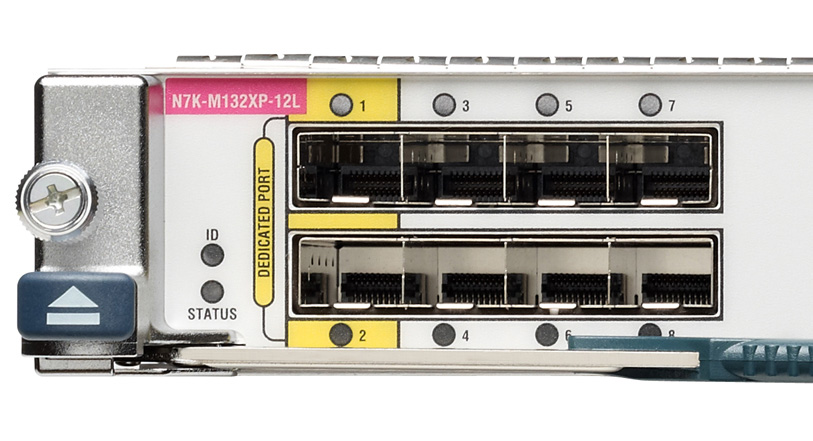
Figure 5-5. Cisco M7K-M132XP-12L module with dedicated ports highlighted
This is not a knock on Netgear or Cisco. In fact, in this case I applaud them for being up front about the product’s capabilities and, in the case of the Cisco blade, for providing the ability to dedicate ports. On a server connection, I’m perfectly OK oversubscribing a 10 Gbps port because most servers are incapable of sending 10 Gbps anyway. On an inter-switch link, though, I’d like to be able to dedicate a 10 Gbps port. My point is that this oversubscription is very common, even in high-dollar data center switches.
What if we could get a single super-ASIC that could control all of the ports? Such a switch might look like the one illustrated in Figure 5-6. In this switch, each port still has full 10 Gbps connectivity to any other port on the switch, but there is no oversubscription. This super-ASIC can handle the high-bandwidth requirements of a non-blocking 10 Gbps switch.
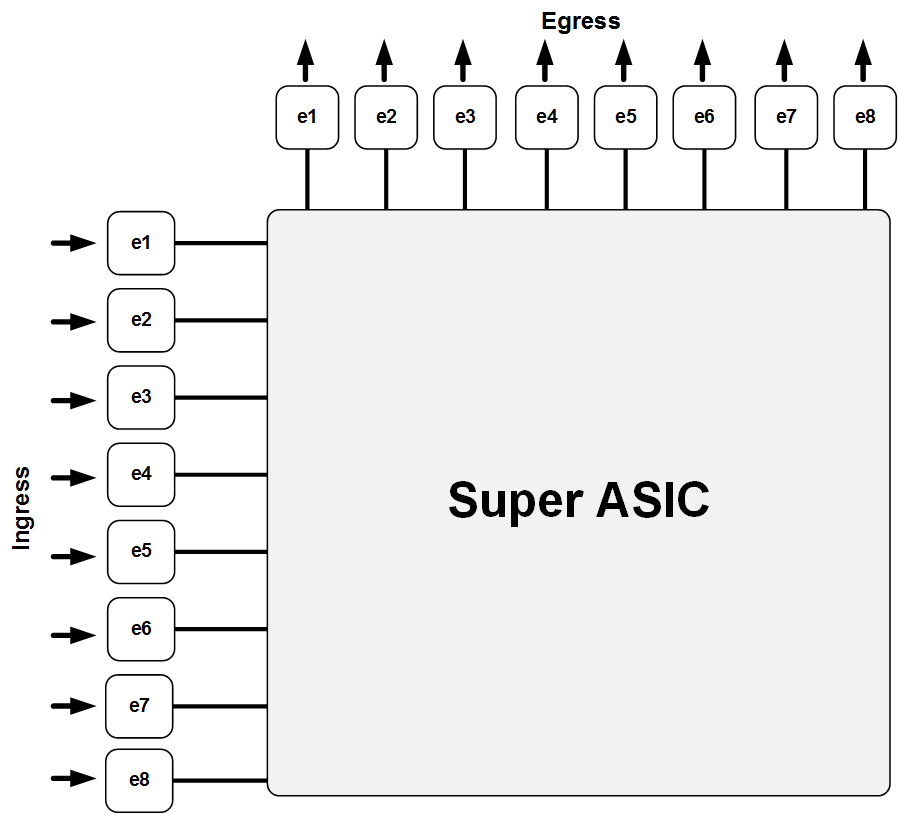
Figure 5-6. Nonblocking eight-port ASIC-based 10 Gbps switch
Some switch vendors take a different approach and cascade ASICs. Take a look at Figure 5-7. Here, there are 16 ports, divided into two modules. Each of the four ports is controlled by a single 10 Gbps ASIC. Each of those ASICs connects to a 40 Gbps ASIC that manages interconnectivity between all of the modules. This works, but it doesn’t scale well. I’ve seen this type of solution in 1–rack unit (RU) or 2 RU switches with only a couple of expansion modules. Note that the backplane speed cannot be improved with such a design, because it is purposely built for this scale.
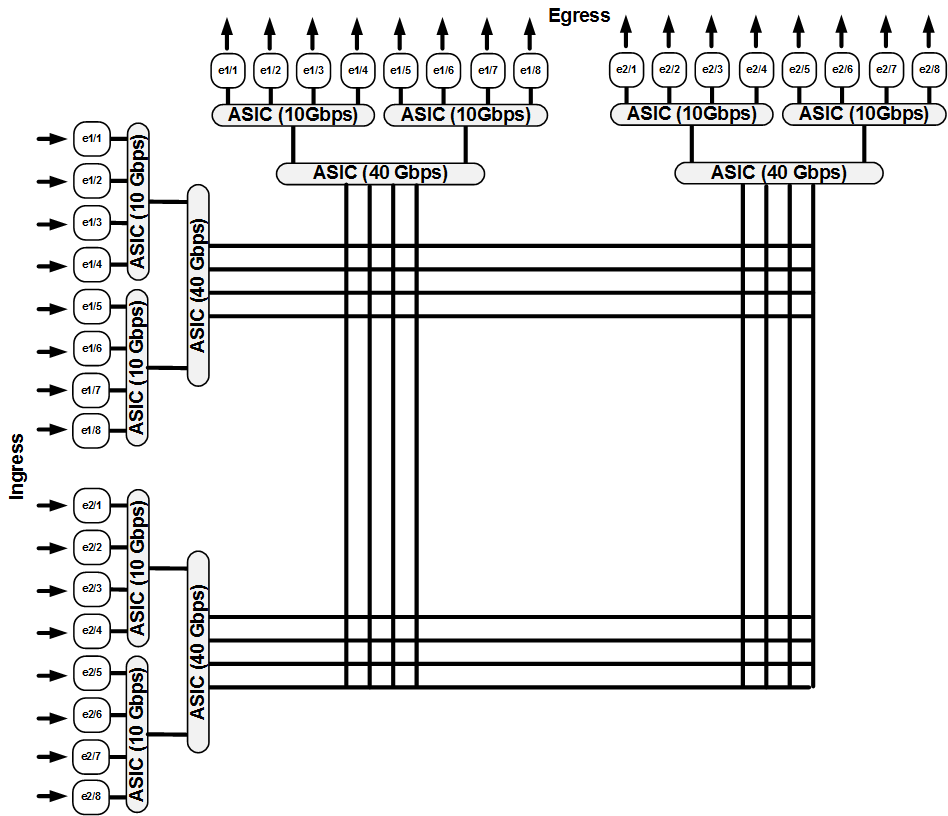
Figure 5-7. Cascading ASICs
This type of switch will get you 10 Gbps connectivity, but at a lower aggregate throughput, which equates to oversubscription. That’s fine for an office switch, and for some data center switches, but for high-end networking, I’d like to see a nonblocking eight-port 10 Gbps switch. That would look something like the switch depicted in Figure 5-8.
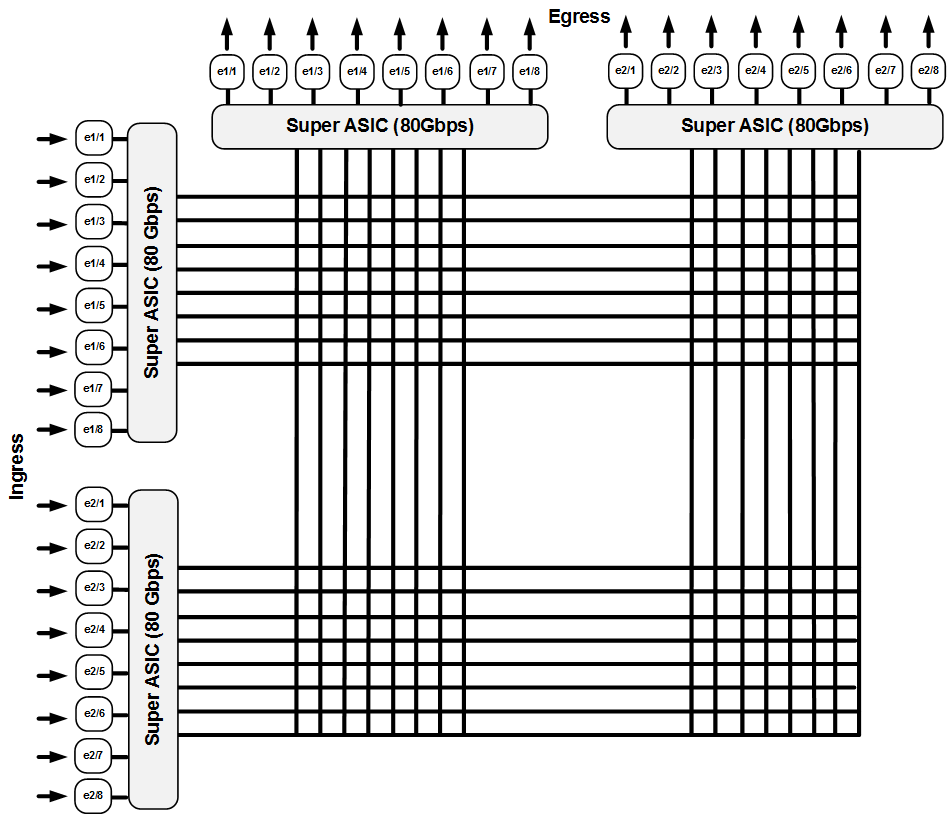
Figure 5-8. Nonblocking 16-port 10 Gbps modular switch
This is better, but it’s still not scalable because we can’t add any connections to the core fabric. So, what if we used even bigger, better ASICs to mesh all of our modules together? In Figure 5-9, ASICs perform the intermodule connectivity. In this model, assuming that the hardware was designed for it, we could theoretically add more modules, provided the ASICs in the center could support the aggregate bandwidth.
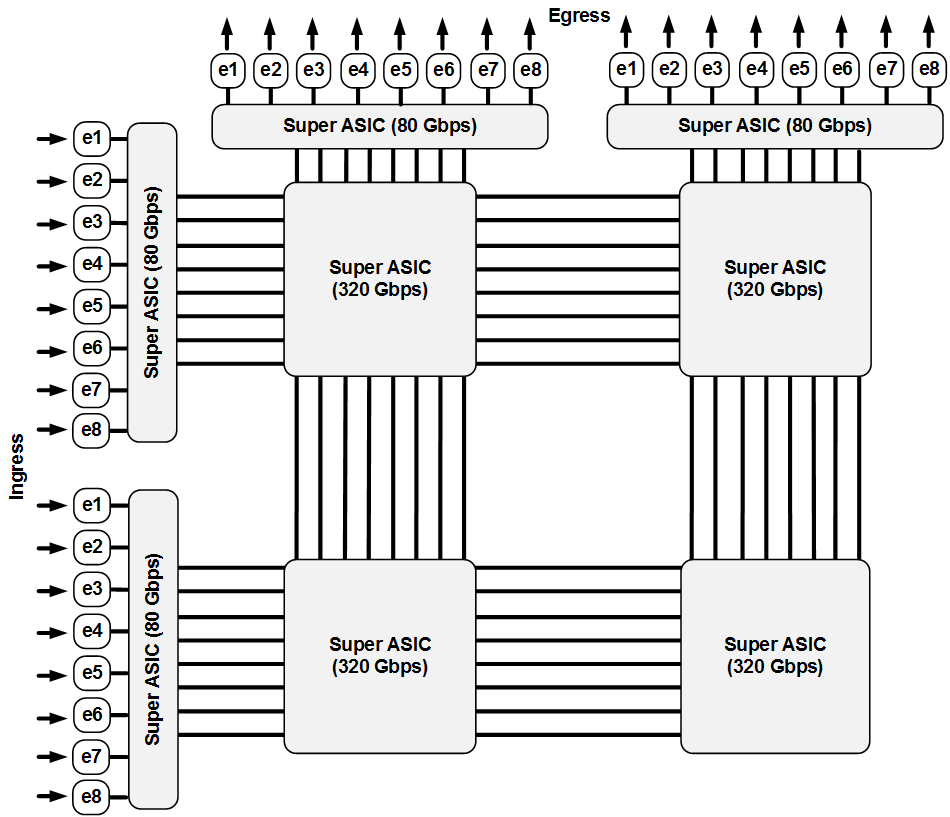
Figure 5-9. Nonblocking ASIC-based 16-port modular switch
When it really comes down to it, how the backplane functions rarely matters to the end user. What matters is whether the switch is truly nonblocking. If that’s done with one ASIC or 12, does it really matter? Probably not to those of us who are designing and building networks, but to the guys who write the code, it can make their lives easier or more difficult.
Arista switches incorporate a few different designs, depending on the design requirements of the switch. The Arista 7050S-64 (a 1 RU switch) uses a single Broadcom Trident+ ASIC to switch 64 nonblocking 10 Gbps ports. To put that in perspective, that’s more nonblocking port density than a Cisco 6509 loaded with the latest supervisors and seven eight-port 10 Gbps modules. There are a lot of ASICs in a fully loaded 6509.
That’s not to say that the single ASIC approach is always the right solution. The Arista 7500E chassis 48-port 10 Gbps nonblocking modules has one ASIC per every eight ports (six per module). Each module has a total of 1.25 Tb access to the backplane fabric (648 Gbps TX and 648 Gbps RX), which translates to the possibility of each slot supporting multiple 40 Gbps and even 100 Gbps interfaces, all of which would be nonblocking. Note that in this design there can be a slight latency penalty when frames are forwarded between ASICs, though this type of penalty is usually a problem only in extremely low-latency environments like high-frequency trading.
Conclusion
The fabric or backplane is the heart of a networking switch, and Arista once again led the industry in providing nonblocking undersubscribed switches in a world where most everyone else was oversubscribing their fabrics and delivering products that couldn’t match the performance of a simple nonblocking architecture.
